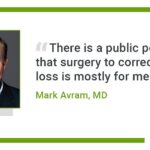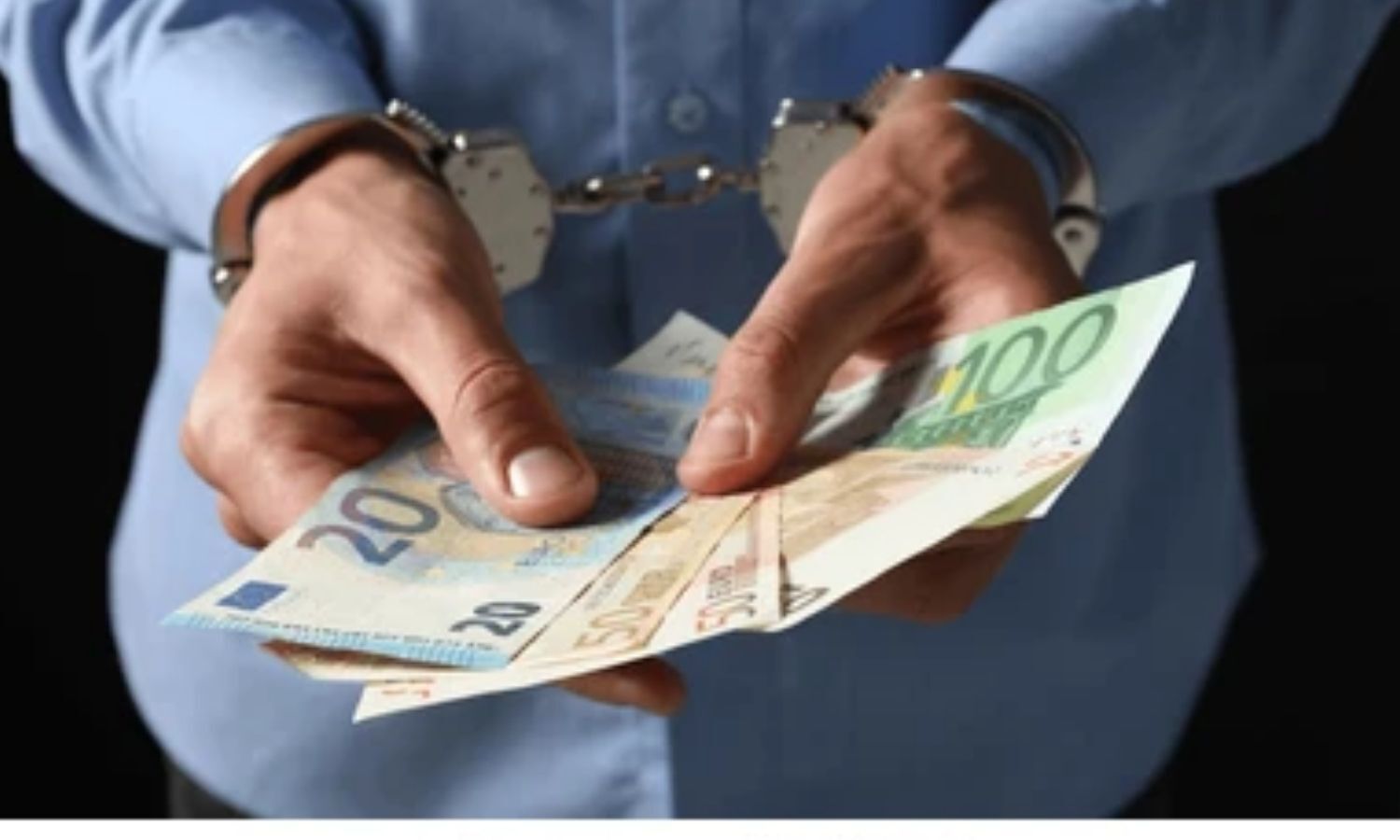September 26, 2025
3 min read
Key takeaways:
- AHA and ACC unveiled a companion document to their recently published hypertension guideline.
- The document emphasizes how use of the PREVENT-CVD equation could improve CV outcomes.
Using the PREVENT-CVD equation to guide management of high blood pressure could improve outcomes by identifying individuals at increased cardiovascular risk, researchers reported.
The American Heart Association and American College of Cardiology issued a companion document to their previously published 2025 AHA/ACC/Multisociety Guideline for the Prevention, Detection, Evaluation and Management of High Blood Pressure in Adults, emphasizing the use of the PREVENT-CVD equations to optimize patient care.

As Healio previously reported, the PREVENT equations were derived from real-world datasets of more than 6 million adults, and include risk for HF, MI and stroke; omit race; include traditional CVD risk factors for heart disease in addition to kidney function; and take into consideration social determinants of health, blood glucose and kidney function, when clinically available.
“The new hypertension guideline selected the PREVENT-CVD equations because of its accuracy for today’s patients. In addition, the PREVENT-CVD equation allows us, for the first time, to estimate risk of total cardiovascular disease — which includes heart attack, stroke and heart failure, all of which are relevant for hypertension treatment,” Sadiya S. Khan, MD, MSc, Magerstadt Professor of Cardiovascular Epidemiology and associate professor of medicine and preventive medicine at the Northwestern University Feinberg School of Medicine and preventive cardiologist at Northwestern Medicine, told Healio. “The application of the PREVENT-CVD equations show that the overall number of adults who will be recommended for drug therapy is similar between the 2025 and 2017 guidelines. However, the PREVENT equations better identify those at increased risk, meaning we will reduce undertreatment of high-risk individuals who will benefit and avoid overtreatment of low-risk individuals who don’t need treatment.”
Khan stated that companion document provides the rationale, the numbers and the roadmap for how to use the PREVENT-CVD equation in clinical practice to improve outcomes in people with uncontrolled hypertension.
The updated BP guideline now includes a class 1 recommendation of antihypertensive medication initiation for patients with at least one of the following: systolic BP 140 mm Hg or more; diastolic BP 90 mm Hg or more; a 10-year PREVENT-CVD risk score of 7.5% or higher; systolic BP 130 mm Hg or more despite 3 to 6 months of lifestyle intervention; diastolic BP of 80 mm Hg or more despite 3 to 6 months of lifestyle intervention; CVD; diabetes; or chronic kidney disease.
In addition, the updated guideline recommends a trial period of lifestyle interventions among patients with stage 1 hypertension and a PREVENT-CVD risk estimate below the 7.5% threshold, and antihypertensive initiation if BP does not improve.
“Risk-based prevention helps identify the right patients for the right treatment at the right time,” Khan told Healio. “The new threshold (7.5%) represents the same risk as [Pooled Cohort Equation’s] 10% or Framingham 15% — this document shows this cross walk or what the equivalent risk with the new PREVENT-CVD models are.”
By emphasizing the utility of using the PREVENT-CVD equation to guide BP treatment, HF and atherosclerotic CVD are also taken into consideration, which was not a feature of prior hypertension guidelines.
“By including HF risk, we are addressing the growing burden of HF where we see the greatest increases in mortality,” Khan said.
“We know one of the biggest challenges to adoption is workflow integration, which we are hoping to see happen soon. Embedding within [electronic health records] will be critical for implementation,” Khan said. “Future research needs to consider how best to discuss PREVENT risk estimates with patients. For example, PREVENT heart age can be a more easily interpretable approach. Second, the use of PREVENT enables 30-year or long-term risk estimates, which we need to better understand.”
As Healio previously reported, CV risk factors may cause the heart to “age” faster than a person’s chronological age, and social determinants of health may exacerbate this heart age discordance.
The researchers developed an online tool to communicate PREVENT risk age, which can be found here.
For more information:
Sadiya S. Khan, MD, MSc, can be reached at cardiology@healio.com.









